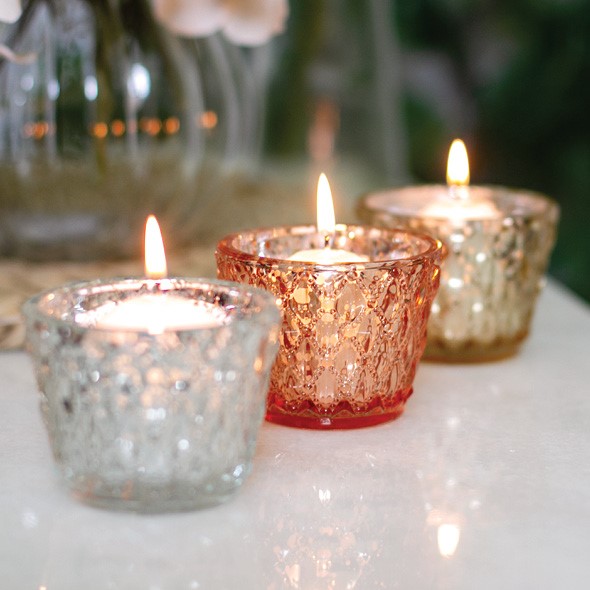
What You Need To Know About Hand-Making Candles
SUMMARY:
This guide helps beginners create high-quality, hand-poured candles by covering safety precautions, essential materials, and basic techniques. Get tips on how to melt wax, add fragrance, pour, insert wicks, cool, and test candles properly.
Whether you're a beginner or looking to refine your skills, with the help of this guide, you will learn essential safety precautions, gather the necessary materials, and master basic techniques to create high-quality, handmade, hand-poured candles.
What do I need to know before making candles?
Before making candles, it's important to understand several key aspects to ensure safety and quality, such as:
Safety Precautions
- Work Area: Ensure a well-ventilated, flammable-free workspace.
- Protective Gear: Use gloves and goggles to handle hot wax safely.
- Regulations: Understand local laws for safety and labelling.
Materials and Equipment
- Wax
- Wicks
- Containers/Molds
- Fragrance/Colour
- Thermometer
- Double Boiler

Basic Candle-Making Process
- Melting Wax: Use a double boiler to melt wax slowly.
- Adding Fragrance and Colour: Add oils and dyes at recommended temperatures.
- Pouring Wax: Carefully pour into prepared containers or moulds.
- Inserting Wicks: Use a holder where necessary.
- Cooling: Let candles cool completely in a draft-free area.
Testing and Adjusting
Burn Test: Evaluate burn quality, adjust wick size, fragrance load, and other materials as needed.

What is special about hand-poured candles?
Hand-poured candles are unique a few distinct ways:
- Handmade craftsmanship: attention to detail in small batches.
- Often made with natural waxes.
- Support for small businesses.
- Longevity: poured candles typically have a slower burn time.
How do you start making candles for beginners?
The fundamentals of hand-poured candlemaking are quite straightforward. Steps include:
- Gather Materials: essential supplies include wax, wicks, containers, fragrance oils, and a thermometer.
- Prepare Workspace: Set up a clean, well-ventilated area with a heat source (like a stove or microwave) and necessary safety gear.
- Melt Wax: Use a double boiler or microwave to melt wax slowly, monitoring temperature with a thermometer.
- Add Fragrance and Colour: Add fragrance oils and dyes at the recommended temperature, stirring gently to distribute evenly.
- Prepare Containers: Secure wicks at the centre of clean, dry containers using adhesive or a wick holder.

What to avoid when making candles?
When it comes to hand-pouring candles, a few simple tips can help you yield the results you're after:
- Overheating wax: Stick to recommended melting temperatures to avoid discolouration and fragrance loss.
- Incorrect wick size: Use wicks suitable for your wax and container to prevent tunnelling or smoking issues.
- Improper fragrance addition: Add fragrance oils at the correct temperature to preserve scent integrity.
- Poor pouring technique: Pour wax slowly and evenly to prevent uneven surfaces, air pockets, or misaligned wicks.
- Ignoring cooling time: Allow candles to cool naturally to prevent cracks, sinkholes, or frosting.

How to perfect candle making?
As with any craft, finesse comes in the details. A few tips for perfecting your hand-poured candles include:
- Materials: Use high-quality wax and fragrance oils.
- Wicks: Select appropriate size for your container and wax type.
- Measuring: Accurate measurement of wax and fragrance oils is crucial.
- Melting: Melt wax carefully using a double boiler or microwave, maintaining recommended temperatures.
- Fragrance Addition: Add oils at the correct temperature.
- Pouring: Pour melted wax slowly and evenly into containers.
- Cooling: Allow candles to cool slowly.
- Experimentation: Try different techniques and keep records to improve your process.
- Patience: Develop skills through practice.
With the help of this guide, patience, and practice, you can safely create beautiful, high-quality candles and enjoy the satisfaction of your handmade creations. For more information on our range of candlemaking supplies, read our blogs Choosing Containers for Hand-Poured Candle Making and The Three Best Ways to Clean Melted Wax from Candle Containers.
